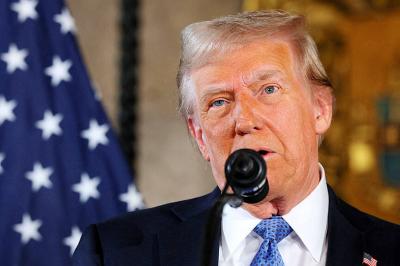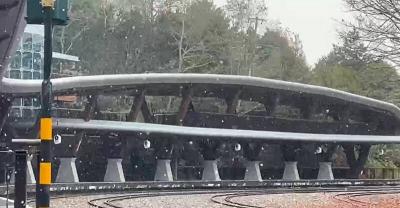The US has put forth a draft extradition treaty with Taiwan, Taiwan’s Deputy Representative to the US Leo Lee (李澄然) said in Washington on Thursday.
The two sides are currently negotiating details to resolve differences, Lee said, adding that the agreement will need to be endorsed by both countries’ legislatures after it is signed.
In Taipei, Ministry of Foreign Affairs officials remained tight-lipped on the treaty when asked to comment.
Minister of Foreign Affairs Timothy Yang (楊進添) said Taiwan and the US are seeking to enhance judicial cooperation on the basis of the Agreement on Mutual Legal Assistance in Criminal Matters (台美刑事司法互助協定), which was signed in 2002, by signing an extradition treaty.
However, Yang added he was not aware of the draft extradition treaty presented by the US.
Also saying he had no comment, director-general of the ministry’s Department of North American Affairs Bruce Linghu (令狐榮達) said the time was not ripe for the ministry to reveal any negotiation details.
“There is still much to study as the US is a common law country, while Taiwan’s legal system is a civil law system. In addition to the differences in the legal systems adopted, both sides have different concerns on the extradition treaty,” Linghu said.
According to Deputy Minister of Justice Chen Shou-huang (陳守煌), Taiwan began to talk with the US about signing such a treaty in 2008, but the ministry had no understanding of the content of the draft put forward by the US.
In October, American Institute in Taiwan (AIT) Director William Stanton was quoted as saying in an interview with the Chinese--language United Daily News that one complicated issue involved in the matter was whether Taiwanese holding US citizenship could be extradited under the treaty.
AIT did not comment yesterday, citing the need to clarify information with Washington.

US President Donald Trump said "it’s up to" Chinese President Xi Jinping (習近平) what China does on Taiwan, but that he would be "very unhappy" with a change in the "status quo," the New York Times said in an interview published yesterday. Xi "considers it to be a part of China, and that’s up to him what he’s going to be doing," Trump told the newspaper on Wednesday. "But I’ve expressed to him that I would be very unhappy if he did that, and I don’t think he’ll do that," he added. "I hope he doesn’t do that." Trump made the comments in

NOT AN OPENING: Trump’s violation of international law does not affect China’s consideration in attacking Taiwan; Beijing lacks capability, not precedent, an official said Taiwanese officials see the US’ capture of the president of Venezuela as a powerful deterrent to Beijing’s aggression and a timely reminder of the US’ ability to defeat militaries equipped with Chinese-made weapons. The strikes that toppled Venezuelan President Nicolas Maduro signaled to authoritarian leaders, including Chinese President Xi Jinping (習近平), US President Donald Trump’s willingness to use military might for international affairs core to US interests, one senior official in Taipei’s security circle said. That reassured Taiwan, the person said. Taipei has also dismissed the idea that Trump’s apparent violation of international law could embolden Beijing, said the official, who was not

A cold surge advisory was today issued for 18 cities and counties across Taiwan, with temperatures of below 10°C forecast during the day and into tonight, the Central Weather Administration (CWA) said. New Taipei City, Taipei, Taoyuan and Hsinchu, Miaoli and Yilan counties are expected to experience sustained temperatures of 10°C or lower, the CWA said. Temperatures are likely to temporarily drop below 10°C in most other areas, except Taitung, Pingtung, Penghu and Lienchiang (Matsu) counties, CWA data showed. The cold weather is being caused by a strong continental cold air mass, combined with radiative cooling, a process in which heat escapes from

Snow this morning fell on Alishan for the first time in seven years, as a strong continental cold air mass sent temperatures plunging across Taiwan, the Central Weather Administration (CWA) said. The Alishan weather station, located at an elevation of about 2,200m in central Taiwan, recorded snowfall from 8:55am to 9:15am, when the temperature dropped to about 1°C, the CWA said. With increased moisture and low temperatures in the high-altitude Alishan area, the conditions were favorable for snow, CWA forecaster Tsai Yi-chi (蔡伊其) said. The last time snow fell at the Alishan weather station was on Jan. 10, 2018, while graupel fell there